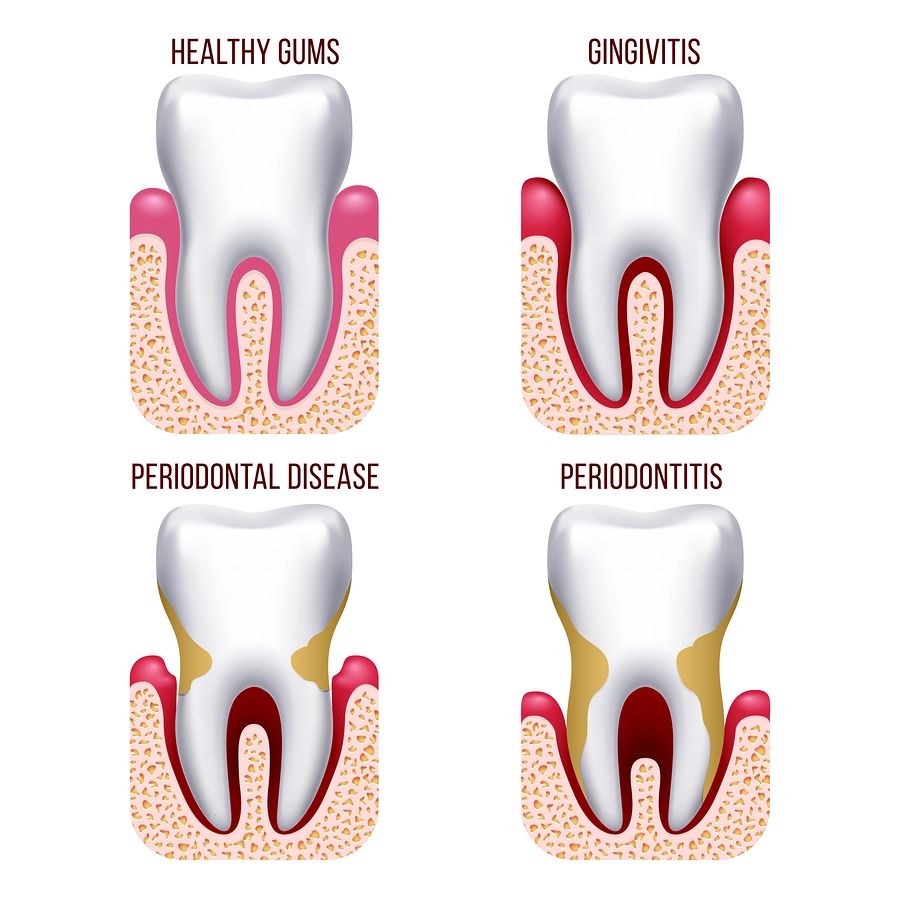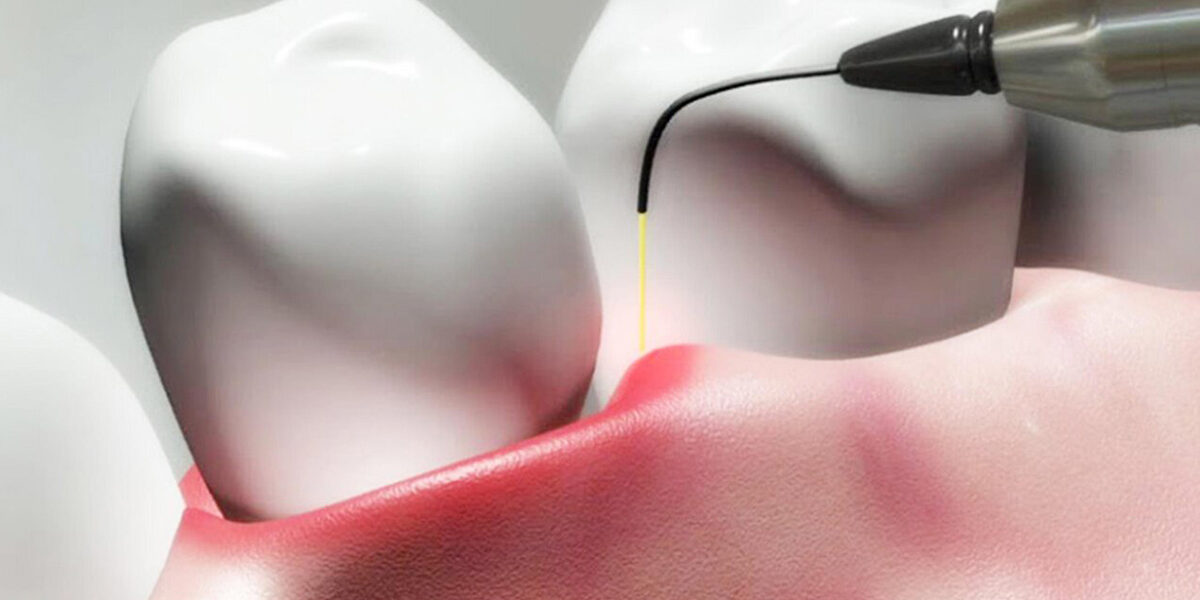6 tips on What you Should About Dental Periodontal Pockets
Going into the dentist’s clinic is scary enough, but knowing the difficult terms they use to describe your issue is even worse. Their tools and chair are built to ensure that the patient does not move during a procedure as the procedures are intricate and delicate. They require time and preciseness that you can find only in a skilled dentist.
One such dental issue, Periodontal Pockets, is experienced by people who have swollen or receding gums. Let’s first understand what Periodontal Pockets are and what procedures are necessary to help treat this issue.
What are Periodontal Pockets?
Periodontal Pockets are spaces surrounding or under the gum of your teeth that give way to bacteria setting in and damaging your teeth. They create pockets that become a breeding ground for bacteria to settle in and cause infections that can result in bleeding or swelling. Once discovered, it is always a good idea to go to a Periodontist who can help treat this. If left untreated, it can lead to tooth loss.
What is the Treatment of Periodontal Pockets?
There are multiple procedures that a dentist can attempt to treat Periodontal Pockets. The treatment process, decided by your Periodontist, is based on the size of the Periodontal Pockets and the damage it has done to your gums.
• Initial Professional Cleaning
A pocket that is a maximum of 5mm in size can be dealt through professional cleaning at the dentists. Along with professional cleaning, the dentist recommends aggressively brushing and flossing twice daily. An antibacterial may be given to keep the gums healthy.

• Scaling
Scaling or root planning is a non-surgical procedure that doesn’t require sedation. All it requires is light cleaning of the tooth with a laser, along with smoothing of the base so that the tooth’s root can re-attach with the gum. It is non-invasive, and the most a dentist has to do is place an antibacterial gel to ensure no infection occurs.
• Surgery: Pocket Reduction (FLAP)
This is a surgical procedure for a Periodontal Pocket that is too big to be handled non-surgically. Surgery is only done when the damage is too severe and tooth loss is possible. Only a skilled Periodontist can do this surgery, which also comes at a hefty price range.
Here is the procedure on how this surgery is done:
1. The surgeon makes an incision at the base of the gum, so they can lift it. This gives easy access to the roots of the teeth.
2. Scaling and root planning are done at this level; if there is bone loss, the remaining bone is smoothed over and taken care of.
3. The damaged area is taken out, and the gum is sutured back. The doctor gives medications and they will recommend follow-up visits.
These three procedures can help treat Periodontal Pockets effectively. In addition, the dentist may ask for multiple follow-up visits that should be taken seriously. One way to avoid getting a Periodontal Pocket is to have good oral hygiene and eliminate sugary foods from your diet.







